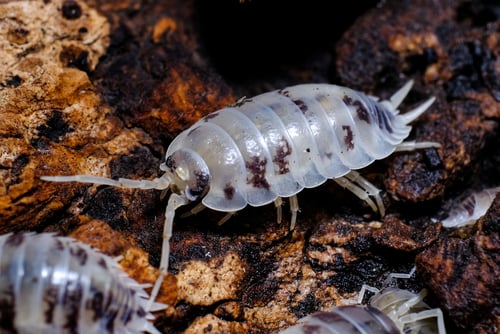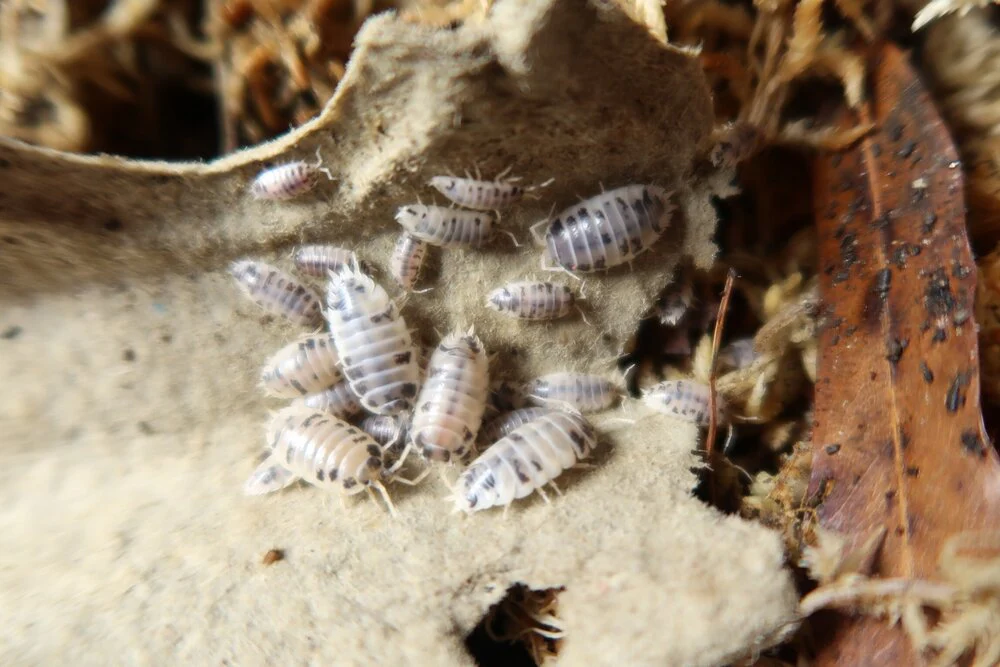When it comes to exotic pets, few creatures capture the imagination quite like the dairy cow isopod. Insect and invertebrate aficionados have grown especially fond of these amazing little arthropods, distinguished by their arresting black-and-white color pattern. Beyond their appearance, however, Dairy cow isopods—scientifically known as Porcellio laevis—have interesting behavior and a remarkable biology that appeals both to collectors and amateurs.
Why Are Dairy Cow Isopods So Popular?
Aesthetic Appeal
Porcellio laevis are clearly one of the most visually remarkable species of isopods because of their amazing black-and-white pattern. Their unusual and creative appearance comes from their opposing colors, sometimes mixed with erratic black and white patches. Many enthusiasts like maintaining them in terrariums where their lovely looks accentuate their arrangement.
Low Maintenance
Porcellio laevis are really easy to keep, unlike some more high-maintenance animals. They feed on broken-down plant matter like leaves and wood and flourish in humid surroundings. Beginning enthusiasts who want to keep an invertebrate pet but are concerned about more involved care requirements will find these isopods perfect.

Educational Value
Porcellio laevis offer a great teaching tool, particularly for small invertebrate behavior observation. Watching them move about their home, interact with their surroundings, and engage in natural activities such as molting and breeding is amazing. For classrooms or instructional exhibits, this makes them perfect.
Environmental Benefits
Apart from their appeal as pets, these isopods are quite important for ecosystems. They break down organic materials as decomposers, therefore recycling nutrients back into the ground. Not only is this natural capacity to assist in breakdown interesting to see, but gardeners who keep them in bioactive terrariums will benefit from it as well as help preserve a healthy ecosystem.
How to Care for Dairy Cow Isopods
Looking after these isopods is really easy. To eat, they require damp surroundings full of organic matter, including vegetables, wood, and decomposing leaves. Giving them a well-ventilated container with a substrate like coconut fiber or dirt can help them to flourish. Their molting process depends on a tiny amount of calcium, which also aids.
Dairy cow isopods are far more than a lovely pet. Any invertebrate collection would benefit from their interesting black-and-white color pattern, simplicity of maintenance, and instructional value. Whether you’re a novice interested in maintaining small, low-maintenance pets or a seasoned entomologist, the dairy cow isopod is a distinctive and interesting choice. Their beauty and intriguing actions guarantee that they will always captivate both hobbyists and environmentalists equally.


